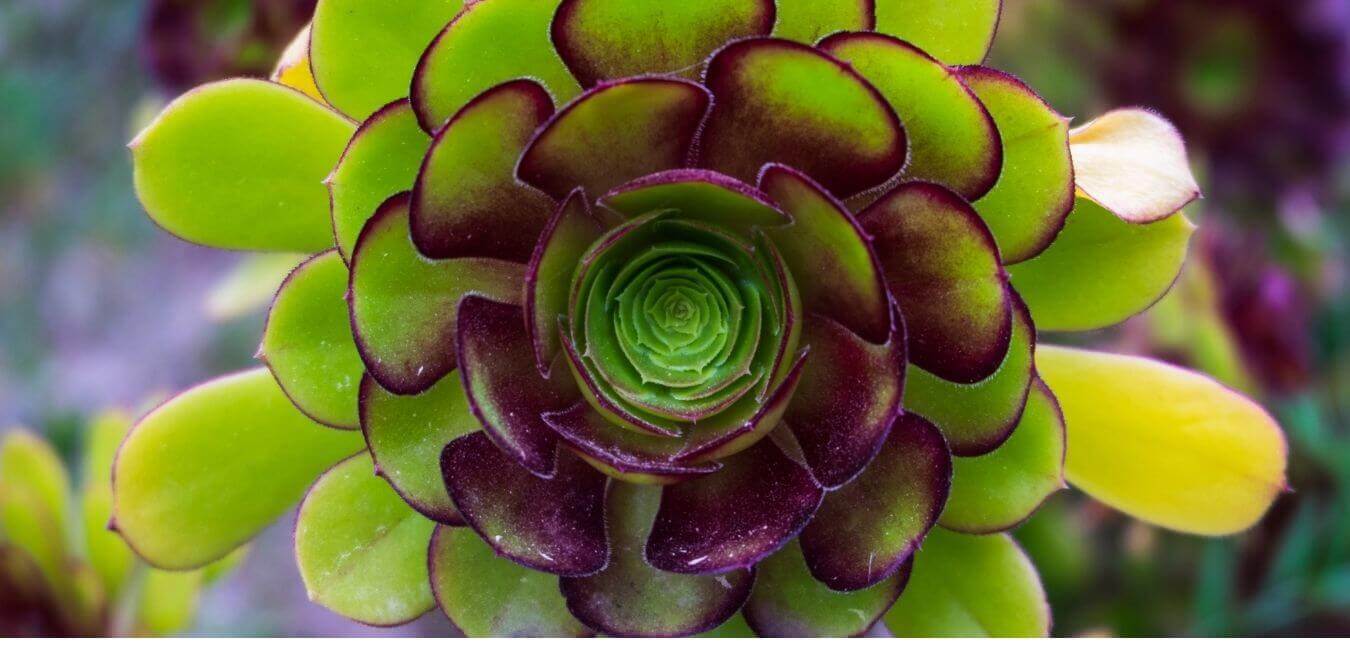
It is not difficult to raise bearded dragons. However, before purchasing a plant, it is critical to consider the danger of your pets biting or devouring it. This article answers the question; Can bearded dragons eat jade plants? Yes beardies can eat dwarf jade plants.
However, with so many different species of these succulents out there in the wild, it can be difficult to know which ones are safe for your reptile.
Furthermore, jade plants add a sophisticated and intriguing blend of colors and shapes to the bearded dragons’ terrarium. These succulent plant leaves are particularly appealing to reptiles and can be taken as snacks.
Safe Plants for Bearded Dragons
The following plants are safest in bearded dragon enclosures and are frequently well-suited to terrarium life.
-
Dwarf Jade Plants (Portulacaria afra)
Dwarf jade plants are native to the dry, rocky areas of eastern South Africa, where they grow as little trees.
They may, however, be maintained quite tiny with regular trimming, which is one of the reasons they are also popular among bonsai lovers.
Dwarf jade plants are not poisonous to bearded dragons, and humans enjoy the leaves in salads.
-
Aeonium’ Tree Houseleek’
Succulents such as aeoniums thrive in arid areas. They have big, thick petals. They exist in a variety of sizes, depending on where they are grown.
Those that prosper in Moroccan soil differ from those found on the Canary Islands. Since they do not contain any poisons, they are considered harmless for reptiles.
-
Prickly Pear Cacti (Opuntia spp.)
Prickly pear cacti are native to the Americas, but people have spread them all across the world.
They are produced for human consumption and as aesthetic plants, and they flourish in desert environments.
Prickly pear cacti are not only palatable to bearded dragons, but some keepers feed their lizards exclusively prickly pear cactus pads.
-
Haworthia’ Zebra Cactus’
Haworthias do not require much sunlight and have been observed to thrive under artificial lights. They keep expanding slowly.
They usually require a pH balance in the soil. Since they are non-toxic, they are proven to be safe for reptiles.
If you have a reptile at home, Haworthias are one of the greatest choices because they are easy to grow.
-
Echeveria’ Mexican Snowball’
Echeveria is a sun-loving plant. Flowers from this species can last up to two weeks. These are frequently colored in a variety of patterns, such as pink and orange.
Leaf cuttings are one of the most typical ways to replicate them if you’re interested in doing so.
Echeveria leaves are thick and meaty, which reptiles like. Bearded dragons can eat these succulents because they are non-toxic.
-
Lithops’ Living Stone’
Lithops are small and easy to care for. They have a slow-growing period in most cases and do not require a great deal of water.
They are not poisonous to reptiles. If you have a reptile, it is safe to keep them in your home.
Examples of Succulents Your Reptile Should Avoid
The succulents that reptiles cannot eat are listed in the table below.
-
Snake Plants
This flowering plant is known as one of the most tolerant plants. They can survive in low-light environments and contribute to the cleansing of the air within your home.
They are easily grown by leaf cuttings. If taken in high numbers, this plant might be toxic to your reptile. It has the potential to prompt digestive issues such as vomiting and diarrhea.
-
Silver Dollar plant
This group of plants has unusual characteristics, such as slender stems that resemble paper. They achieve their peak potential after eight months.
This plant can grow to a height of 36 inches. This succulent contains unknown chemicals that can be dangerous to pets, particularly reptiles. It is advisable to keep your reptile away from this one.
-
Pencil Cactus
Pencil cactus is a tiny tree that grows well in dry regions. Its distinctive characteristics include many slender pencil-like stalks.
It can flourish in low-water and high-light environments. This plant generates a poisonous sap when it is wounded, which can cause inflammation and stomach troubles in humans and animals, including reptiles.
Summary
Reptiles can consume succulents like Aeonium, Schlumbergera, Haworthia, Echeveria, Lithops, and Stapelia. Jade plant, Aloe vera, Pencil cactus, and Snake plant are just a few of those posing a major hazard.
Bearded dragons are curious creatures that will most likely eat the plants in your home.
So, if the plant you want is hazardous to your dragon, the decision should be simple and always for the sake of your pet’s safety.
- Are you supposed to clip a bearded dragon’s nails? - October 21, 2022
- What do you do when you first get a bearded dragon? - October 21, 2022
- What is the best vegetable for bearded dragons? - October 21, 2022
